Public, educational and governmental (PEG) cable channels often get little respect from cable viewers. But in a pandemic, they turned out to be critical communications resources. Acting as virtual town hall and public square, PEG access media showed that public communication resources are essential, and not just in a crisis.
PEG access media to the rescue.
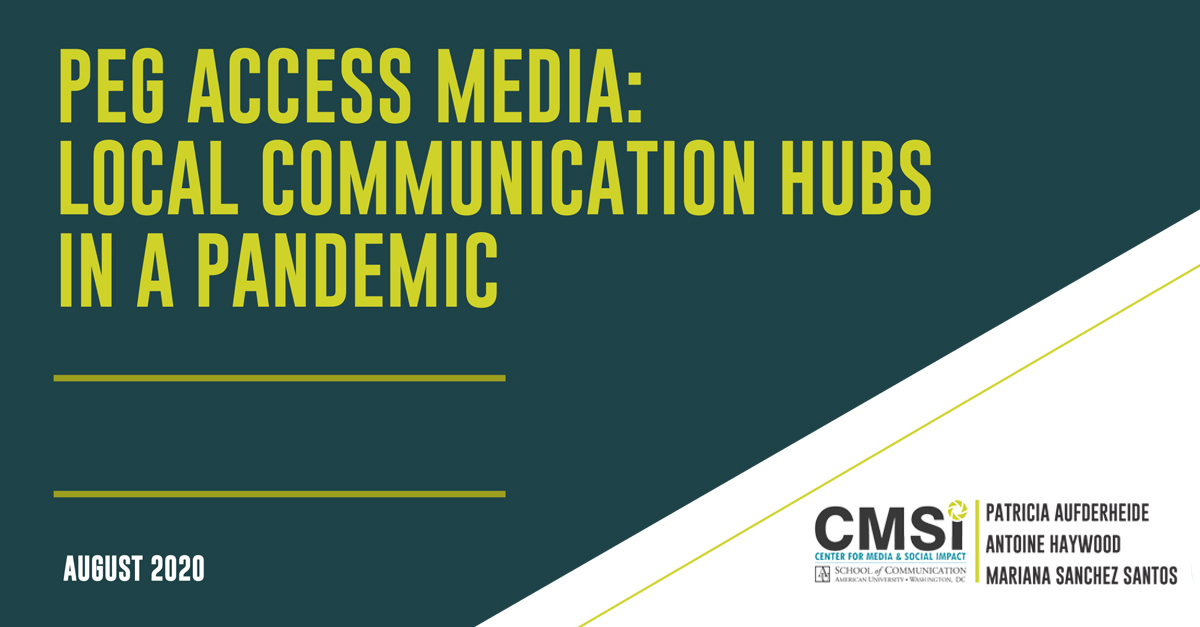 For more than 40 years, some 1500+ communities across the nation have negotiated with cable companies to get PEG access media on their cable systems. You might see board of education and city council meetings on some channels, while your neighbors might show up with programs ranging from tech advice to local music showcases. Some media centers have also added low power radio and streaming services to the mix.
For more than 40 years, some 1500+ communities across the nation have negotiated with cable companies to get PEG access media on their cable systems. You might see board of education and city council meetings on some channels, while your neighbors might show up with programs ranging from tech advice to local music showcases. Some media centers have also added low power radio and streaming services to the mix.
How did they function in the pandemic? A CMSI survey, conducted in conjunction with the Alliance for Community Media and the National Association of Telecommunications Officers and Advisors, revealed a remarkable story.
Local communication hubs.
PEG access media became communication hubs for their local communities.
Not that it was easy: The week of March 9 was, for many PEG staffers, the week they never slept. And the next weeks were also long, with everyone from the local councilmember to senior citizens asking for help.
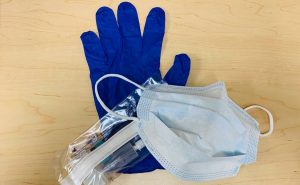 Like everyone else, PEG staffers were also hunting for PPE and learning cleaning protocols, while scouring their houses for cables to set up their home offices. Staffers who could take on more helped out staffers with young children or elders to care for.
Like everyone else, PEG staffers were also hunting for PPE and learning cleaning protocols, while scouring their houses for cables to set up their home offices. Staffers who could take on more helped out staffers with young children or elders to care for.
But within hours of shutdown, PEG staffers found themselves at the center of local communications, where they stayed. We found four big ways PEG ended up in the center of the action.
Many told us that they intend to keep some of the innovations they designed to manage crisis, because of the broad community interest.
Community tech support.
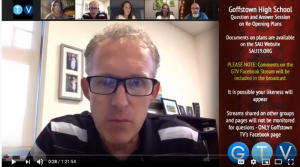 Local government officials turned to PEG to carry committee and council meetings, in compliance with open-meeting laws. This often meant connecting web streaming from a website with Facebook streams with cable channels and radio broadcasts.
Local government officials turned to PEG to carry committee and council meetings, in compliance with open-meeting laws. This often meant connecting web streaming from a website with Facebook streams with cable channels and radio broadcasts.
Residents, after all, had different kinds of access and different familiarities with services. And some of them were puzzled by the challenges of technology they were encountering for the first time. PEG staffers patiently walked them through it.
PEG access media members, who had been producing shows in person, suddenly needed help figuring out how to produce programs remotely and upload them to PEG servers.
And schoolteachers, who suddenly had to develop distance learning plans and learn new platforms, needed help. They turned to PEG.
News and information.
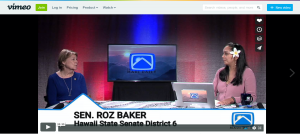
Akukū Maui began a daily news show.
PEG access media quickly became the centralized place for up-to-date coronavirus information in their communities. Those government committee and council meetings, and board of education meetings drew record numbers, and some citizens started using interactive capacities on Zoom to get their questions and comments in. PEG bulletin-board services posted constant updates, from all the local authorities, in one place.
But not just that. In some communities, PEG started offering daily news, drawing from hyperlocal sources in the neighborhoods where people were turning to PEG for information.
Public Square.
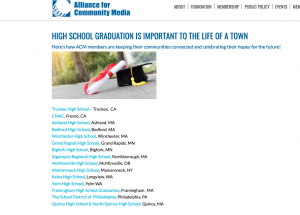
Dozens of PEG access media centers hosted graduation.
One of the most intriguing functions of PEG in the crisis was the way PEG became a virtual public square, at a time when people couldn’t congregate.
PEG hosted middle and high school graduations. Memorial Day commemorations were carried on PEG, as was Pride flag-raising. Summer music festivals were turned into cablecast and streamed performances. In the absence of sports, one PEG service actually hosted an e-sports version of a high school girls’ basketball game.
PEG helped out seniors stranded without entertainment in nursing homes. One media center recorded a regular performer, and ran his performance at exactly the time he would
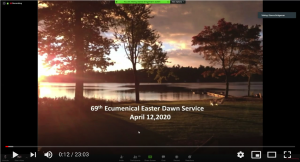
PEG hosted Easter and Passover services for congregants who couldn’t leave their homes.
have appeared in the nursing home, while attendants turned their TVs on for residents. They worked with local churches to carry services for congregants sheltering in place. They even sponsored contests for Covid-19 storytelling.
PEG became a place for people to have contactless community.
Problems.
Our study also revealed common problems PEG faced in getting the job done.
- PEG staffers were seriously overburdened, and not just at the outset. They continue to be stretched too far with too few. PEG is overperforming for its funding, and that’s not sustainable.
- PEG staffers quickly faced the challenges created by unequal and unstable broadband provision. Broadband was an essential connector in the technical mix. But even connecting at-home staffers with each other could be hard, because home broadband rates varied so much. The same problem happened in working with government and educational officials. In a nation without a national universal-service policy for broadband, and one that accepts a lower rate than other industrial nations for what constitutes broadband at all, that’s not a surprise. But it’s an expensive consequence.
- And like every other essential worker, PEG staffers faced the consequences of having no national policy for the pandemic. This left them without recourse in their search both for standards and for the gear they needed.
Local, state and federal governments can all support local communication services for the long run.
- Read the report.
You can get free access to the full report, coauthored by Patricia Aufderheide, Antoine Haywood and Mariana Sánchez Santos, here.
